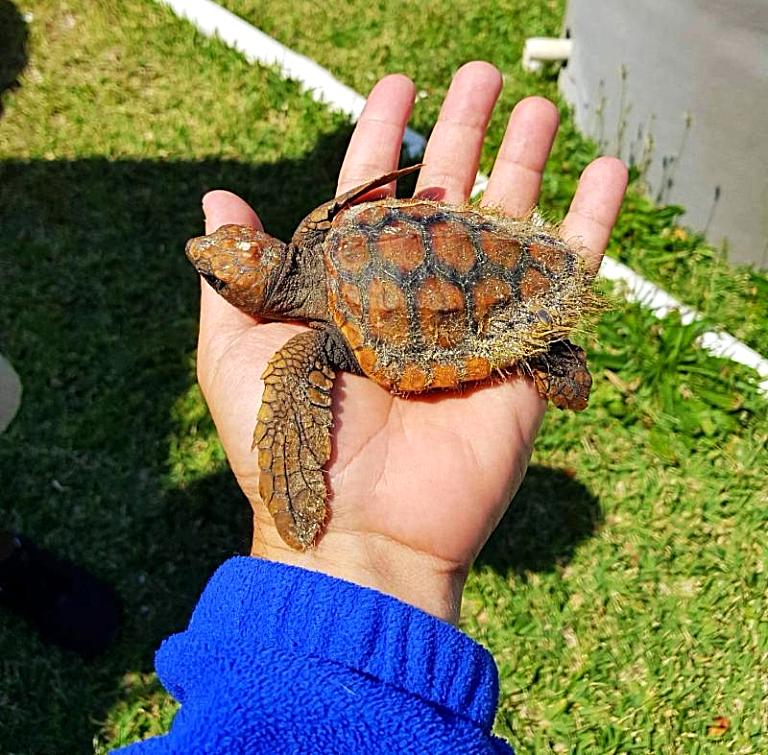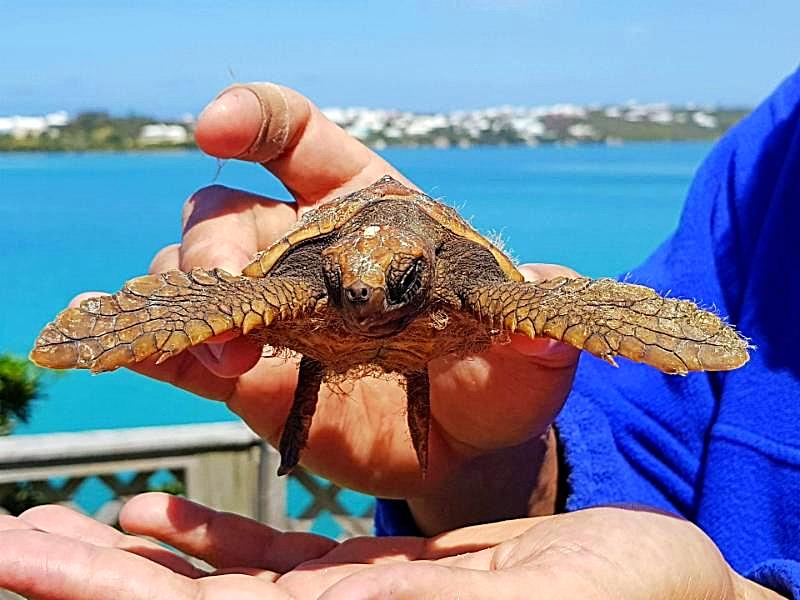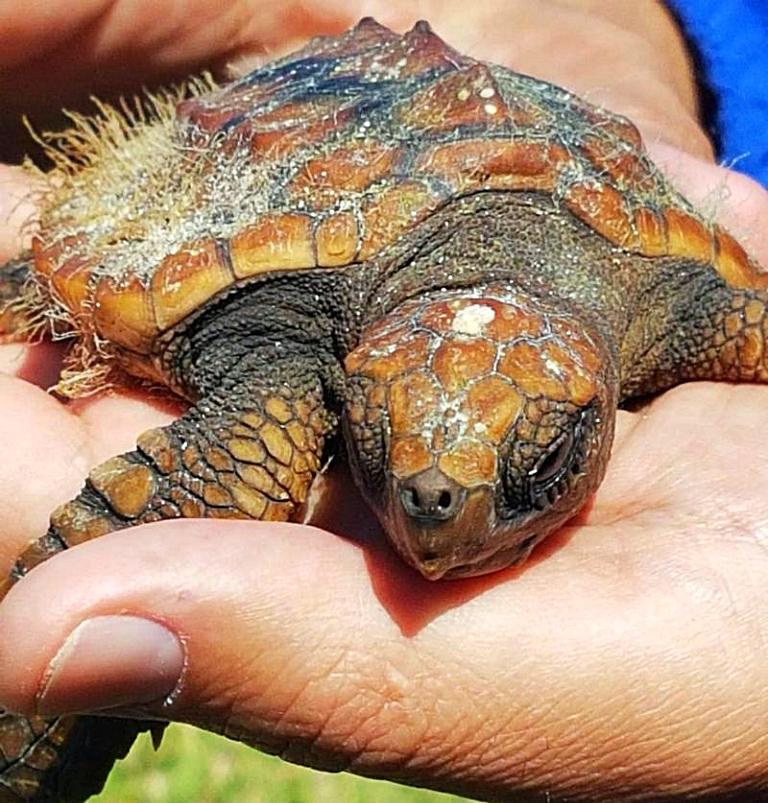Recent News
BZS Lecture: “An Introduction To Lichens”Saturday, May 06, 2017
The latest installment in the Bermuda Zoological Society lecture series will see a talk presented by Dr. Scott LaGreca on the topic of “An Introduction to Lichens: A Focus on Bermuda.”
Cup teams helping to clean up Bermuda
Saturday, April 29, 2017
The America’s Cup Event Authority, America’s Cup Endeavour Programme and a number of America’s Cup teams supported Earth Day last weekend with a range of activities across Bermuda, home of the 35th America’s Cup, demonstrating their ongoing support for sustainability, announced in 2016 in the America’s Cup Sustainability Charter.
Bermuda benefits from Day of Giving
Thursday, April 20, 2017
Bermuda looks cleaner and tidier following the efforts of staff at Tokio Millennium Re who took part in a Day of Giving.
Reef diver finds missing transmitter
Wednesday, April 19, 2017
A satellite transmitter crucial to the Bermuda Turtle Project has been found by a reef diver in the Bahamas.
Reef diver finds missing transmitter
Wednesday, April 19, 2017
A satellite transmitter crucial to the Bermuda Turtle Project has been found by a reef diver in the Bahamas.
About
GovernanceAbout Us
Newsletter
Latest News
Gift & Bookstore
Contact
General Inquiries
info@bzs.bm
Latest News
All the latest updates and news from the Bermuda Aquarium, Museum, and Zoo, one of Bermuda's leading visitor attractions!
Excerpt from WILD News May 2018

This is Sheldon, a juvenile loggerhead turtle. Between December and March juvenile sea turtles (loggerheads, hawksbills and green sea turtles) will be swept up past Bermuda as they drift with their transient home of Sargassum. Sargassum is brown algae found in the Atlantic Ocean that forms dense floating masses called rafts which provide shelter, transport and food for many organisms. During this stage of their life (post hatchling), turtles are carried around with the currents. The Sargassum provides food such shrimp, tiny crabs and fish. Sea turtles eat whatever floats by and this often gets them into trouble. The Sargasso Sea is located in the North Atlantic Gyre and collects lots of microplastics. Sea turtles are not picky eaters and may eat the plastics This can cause an impaction of their digestive tract which can be life-threatening.


As they pass by Bermuda, they may be washed ashore by a winter storm or get picked up by birds that later drop them. As a result, these little critters can end up on one of our beaches or dropped amongst the rocks. The Wildlife Rehabilitation Department at BAMZ sees one or two post hatchling sea turtles a year. These post hatchlings are three to four inches in length and tend to be thin and exhausted from their journey. Because of their tiny size, they may have sustained injuries from predator attacks. We monitor them and give them time to rest and regain strength. Any injuries are treated and an appropriate amount of time is given to heal. We wait until the water warms up and we see large rafts of Sargassum returning offshore (May or June) before releasing them. By this time they have grown six to eight inches long. The release is done offshore so they can pick up the currents under a Sargassum raft and continue on their ocean journey. They will return to Bermuda again in 3-4 years as they move from their pelagic lifestyle to the reef shelf.

The current juvenile loggerhead was found on the beach at Willowbank on March 30, 2018. It appears healthy and is gaining weight. We hope to get it back out to the big blue in the near future. Note the tank it is currently in is actually the perfect spot for it at the moment. It would normally be in the open ocean all day in a vast sea of blue, and only given shelter by a Sargassum raft. The blue background is exactly what it would be seeing in the wild. Also, we can't tell the sex of the turtle at this age without a blood sample, so the sex remains unknown.



